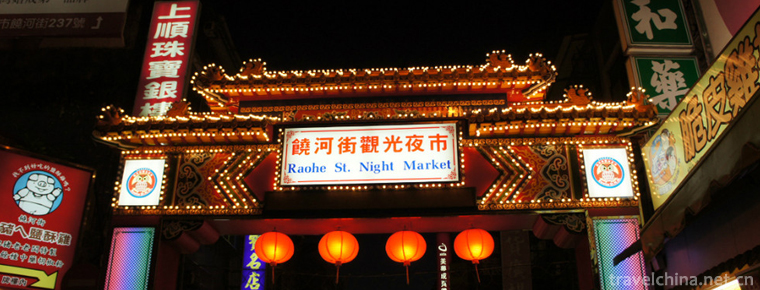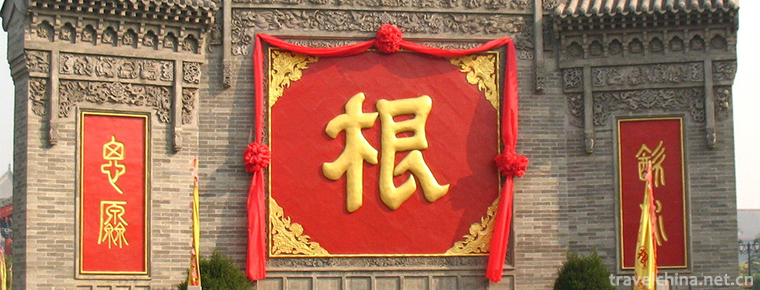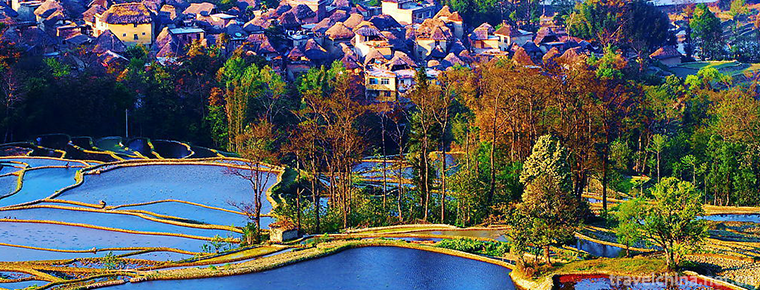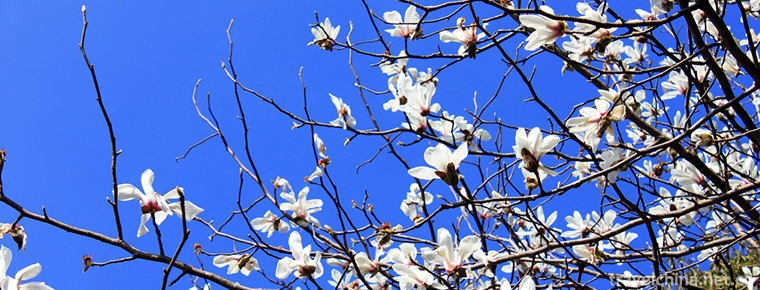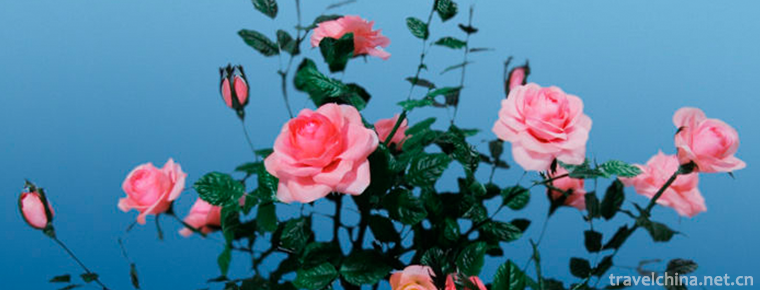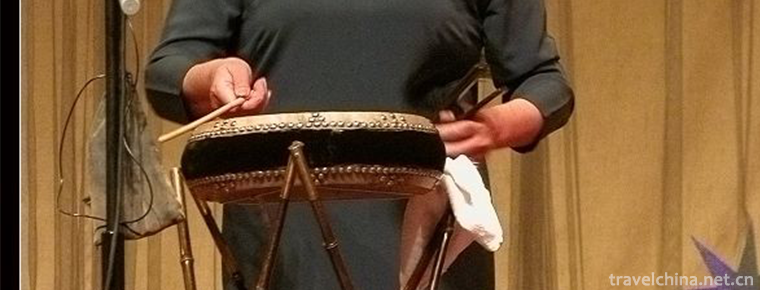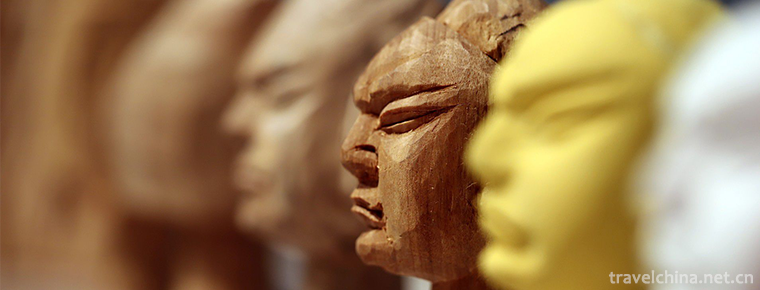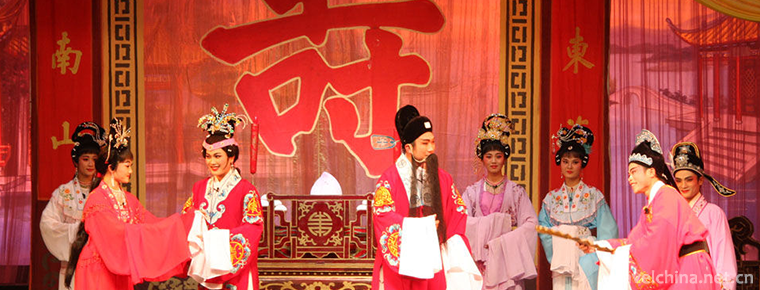The Tu nationality in Yuqiu
The Tu nationality in Yuqiu
Tu Yuqiu, a traditional dance of Tongren County in Qinghai Province, is one of the national intangible cultural heritages.
Tu nationality, spread in Nianduyu Village, Tongren County, Qinghai Province, is a unique local folk culture form. It is held from November 5 to 20 of the lunar calendar every year. It includes ceremonies such as chanting peace sutras, entertaining people and gods, dispelling epidemics and exorcising evil spirits. The dodder is also the name of dancer. At the beginning of the ceremony, dancers named Yu Dou performed along the village with tiger and leopard patterns painted on their bare upper bodies and danced door to door. The Tu nationality has a history of hundreds of years since the dodder dance was spread.
On May 20, 2006, the Tu nationality was approved by the State Council to be listed in the first batch of state-level intangible cultural heritage, the heritage number: III-40.
historical origin
Yu Qi is a relic of the tiger totem worship of the ancient Qiang tribe, which only exists in the Niandu Village of Tongren County, Qinghai Province.
The word "Yu" originated from Zuo Zhuan, which belongs to the dialectal appellation of tiger by ancient Chu people. In the case of dodder, the nickname of tiger. As for the origin of "Yuqiu", there are many opinions: first, "Yuqiu" belongs to the ancient Chu witch dance, is the Chu people's worship of tigers Nuo custom, with the Ming Dynasty Army garrison frontier fields and introduced to Qinghai colleagues; second, the ancient Qiang people living in Qinghai worship Tiger Totem legacy; third, the Tu people worship tigers from the Inner Mongolian grassland, with migration to Tongren Tu.
There are many viewpoints about the historical origin of Yuqiu custom, such as Chu Feng theory, Qiang custom theory, Ben religion ritual theory, and many other viewpoints among the people. In the Regong area of Tongren County, Qinghai Province, the local people believe that the 20th lunar month is a "black day" every year. At this time, demons and ghosts come out to commit disorder, so they have to hold sacrificial activities to jump on the dodder, which is to imitate the action of tigers, in order to expel demons and bless Taiping.
In recent years, the Turkish people resumed their activities in Tiao, and Awu was not too old. However, Awu could not ignore the issue of inheritance of this national cultural heritage.
On May 20, 2006, the Tu nationality was listed in the first batch of national intangible cultural heritage list with the approval of the State Council.
Dance features
Performing Form
There is a fixed procedure for skipping over. In the early morning, seven young men (two big ones and five small ones) selected by the Tu tribes gathered in front of the mountain temple, took off their clothes and pants in the severe winter wind, drew tiger and leopard stripes on the exposed body and limbs, and tied up their hair to dress up as "Yu Dou" angry portrait. They each hold a stick with a banner attached to the top of their hands. Under the chairmanship of the wizard Lava, they recite scriptures, kneel down to worship Erlang and Shan Gods, and then drink one by one from Vala, so that the tiger soul can attach itself to "Yu Dou". At this time, these "Yu Dou", who can no longer speak, has transformed the original personality into the existing deity in the minds of the people, and has acquired the ability to drive away ghosts and epidemics. With a burst of explosions of iron brackets and firecrackers, five younger "Yuzhu" went straight to the village below the mountain. Accompanied by the abbot of the temple, the wizard "Lawa" led two big "Yuzhu". While beating drums and gongs, he walked slowly and skipped through the streets in order to clean up the epidemic ghosts wandering outside the houses. The other five younger "Yu Tu" had already been admitted to the hospital, or jumped on the roofs of each household to exorcise evil spirits. Every time they go to a house, they jump around to show that they can drive away ghosts and evil spirits, then eat or mouth the cooked meat prepared by the owner of the household, and then continue to enter another yard from the roof. It is interesting to note that the reason why these "yu" have to enter from the roof instead of the street door is that people are afraid that the pestilent ghosts wandering in the streets will take the opportunity to sneak into the houses. But if "Yu Chu" would like to go out of the house gate, it would be regarded as taking the pestilent ghost away from the house without objection. During the ceremony, no matter how big or small "Yu Ju", people will accept the circle cake on the stick of the thorn, so that it can get inspiration. In addition, some patients also take the initiative to rely on the "Yu" must go through the road, waiting for "Yu" from the body to cross, in order to take away the evil to recover.
During the performance, the audience threw the circle buns on the sticks held by the "Yu" people, and strung them on the sticks, meaning to avoid evil. When the guns were fired at them and they flew to the river outside the village, the Turkish people cheered around to celebrate the removal of evil spirits. When the dodders washed the tiger stripes all over the river, the wizard knelt down by the river and chanted aloud, burning paper money to show the devil away from the village.
Clothing characteristics
"Yuqiu" Dance is a model performance of seven Turkish young men dressed as tigers, and painted as costumes, that is, the face and body are painted as tiger-leopard pattern. The musical instrument is a drum (single-skin drum) gong. During the performance, the dancers tie their hair tightly on the top of their heads. Seven people wear white stripes with written texts, slacks, pants legs to thighs, stripes with tiger skin on their legs, belts around their waists, cloth shoes, two meters long sticks in hand, and white stripes with scriptures on the end of the sticks.
distinguishing features of music
"Yu Dance" music is mainly composed of gongs and drums, and "Yu Dance" and sacrificial ceremonies are accompanied by one-sided sheepskin drums and gongs. Although single and slow, it is accompanied by the whole process of "Yu Dance", which has a sense of divinity and solemnity. Its musical mode and tonality also have some exquisite, that is, the tone is flat and low, the rhythm is slow.
Dance movements
In the dodder dance, the dancers are all male, performing by seven people. In the dodder dance, "front leg dance" constitutes its dance characteristics. The performance style is wild. It is a unique Tu sacrificial dance. It performs front leg dance and double stick dance to demonstrate the tiger. The rhythmic movements of running, jumping, sucking legs and padding are the basic features of the dance. The vocabulary and rhythm of the dance are relatively single. The main movement of the dance is "padding step, sucking legs and looking over", because the dancer holds a tree stick about two meters long with both hands, so the upper body and gesture movements are relatively simple. The jumping range and movement of leg movements are also adapted to the development and change of dance mood. Judging from the dance form of "Yu Dou", it is a form of primitive animal-like dance in contemporary literati folk activities. Animal-like dance is closely related to the hunting life of primitive people, and it is the most common and representative form of primitive dance.
Inheritance and Protection
Inheritance value
The primitive and primitive folk dance, influenced by the totem worship of the ancient Qiang people and tigers, is also an important dance cultural heritage of the Tu people, reflecting the traditional cultural features of the Tu people.
It is of great significance to preserve and expand Yuqiu for displaying the originality and richness of the traditional culture of the ethnic group and enhancing the ethnic identity and cultural consciousness of the upper ethnic group.
Current situation of inheritance
Yuwu series of folk activities once spread in some villages of Longwu River Basin, but now they are inherited by villages only in a year, and are in an endangered state.
Heritage figures
Awu, male, Tu nationality, born in 1950, is a colleague of Qinghai Province. The second batch of state-level intangible cultural heritage projects, the representative inheritors of Tu nationality, were declared by Tongren County, Qinghai Province.
protective measures
In 2019, Regong Art National Public Welfare Tour Exhibition was held, and Tu Yu and other cultural tourism festivals were held continuously.
In 2018, the Qinghai Provincial People's Government issued a government order to participate in the "Measures for the Protection of intangible cultural heritage in Qinghai Province" and implement it.
social influence
Important Exhibitions
Every year on the twentieth day of the twentieth lunar month, sacrificial activities of jumping on the dodder are held.
In 2018, the Tu Photogrammetric Winter Winter Collection Event was held in Tongren County.
In 2019, in the "Western Regions Scenic Splendid Wong Nan" press conference of cultural tourism activities in 2019, the dodder dance was displayed in it.
Honorary recognition
In 2016, the Tu nationality participated in the creation of the large-scale original national dance drama Tangka.
In 2018, the Tu people participated in a series of activities such as the "Non-Heritage Survey".
In 2008, Awu representative Yuqiu became the representative successor of the second batch of national intangible cultural heritage projects.
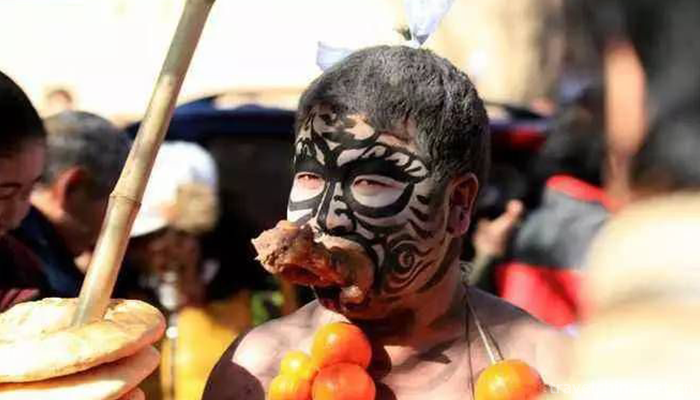
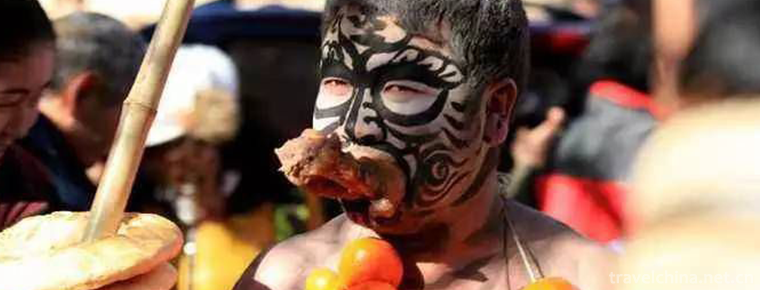
The Tu nationality in Yuqiu
-
Raohe Street Night Market
Raohe Street Night Market is located in Raohe Street
Views: 523 Time 2018-10-12 -
Hongtong Dahuaishu Ancestor Memorial Garden
Located in Hongdong County, Shanxi Province, Hongdong Dahuashu ancestor-seeking scenic spot is the only national sacrificial site with the theme of "root-seeking" and "ancestor-sacrific
Views: 228 Time 2018-11-24 -
Baisha Lake Scenic Area
Baishahu Lake is one of the important scenic spots in Qianli Gallery in Altay, Xinjiang. It is 100 kilometers from Habahe County, 260 kilometers from Altay Airport, 150 kilometers from Kanas Airport
Views: 194 Time 2018-12-12 -
Hani terrace Yuanyang terrace
Yuanyang Terrace, located in the south of Ailaoshan Mountain in Yuanyang County, Yunnan Province, is a masterpiece left by the Hani people from generation to generation. Yuanyang terrace is the core a
Views: 189 Time 2019-01-13 -
Haitangshan Scenic Area
Haitangshan Mountain is one of the top ten scenic spots in AAAAAA, National Forest Park, National Nature Reserve, Provincial Key Cultural Relics Protection Unit and Province
Views: 164 Time 2019-01-13 -
Beijing silk flower
Beijing silk flower, one of the traditional handicraft products in Beijing, also known as "Beijing flower", originated in Shenmuchang Street outside Chongwenmen in Ming Dynasty
Views: 191 Time 2019-04-04 -
Guilin fishing drum
Guilin fishing drum, commonly known as sentiment, is the local traditional rap and singing art of Guilin. The Song Dynasty was introduced into Guilin from the north,
Views: 163 Time 2019-05-02 -
Story telling in Beijing dialect with drum accompaniment
Jingyun Dagu is one of the Chinese folk songs. Developed from the popular wooden drum in Cangzhou and Hejian of Hebei Province, it was formed in Beijing and Tianjin. After the introduction of Hebei wo
Views: 201 Time 2019-05-07 -
Puppet Head Sculpture
Zhangzhou puppet head carving is a traditional folk arts and crafts in Zhangzhou City, Fujian Province. It belongs to a special skill in the production of puppet stage props. Zhangzhou puppet head car
Views: 139 Time 2019-06-06 -
Hainan opera Qiongju Opera
In June 2008, Qiongju Opera declared by Hainan Qiongju Theatre and Haikou City was listed in the second batch of national intangible cultural heritage list with the approval of the State Council.
Views: 226 Time 2019-06-11 -
The origin of Panzhihua
Panzhihua is located on the Bank of Jinsha River. It was originally named shangxiaba village. It was formed around the 8th year of Tongzhi reign of Qing Dynasty (1869). Because there is an old and tall Panzhihua tree at the entrance of the village, it is called "Panzhihua village".
Views: 156 Time 2020-12-14 -
Neijiang economy
In 2019, the GDP of Neijiang City will reach 143.33 billion yuan, an increase of 7.8% over the previous year in terms of comparable prices. Among them, the added value of the primary industry was 24.050 billion yuan, an increase of 2.9%; the added value
Views: 371 Time 2020-12-16
